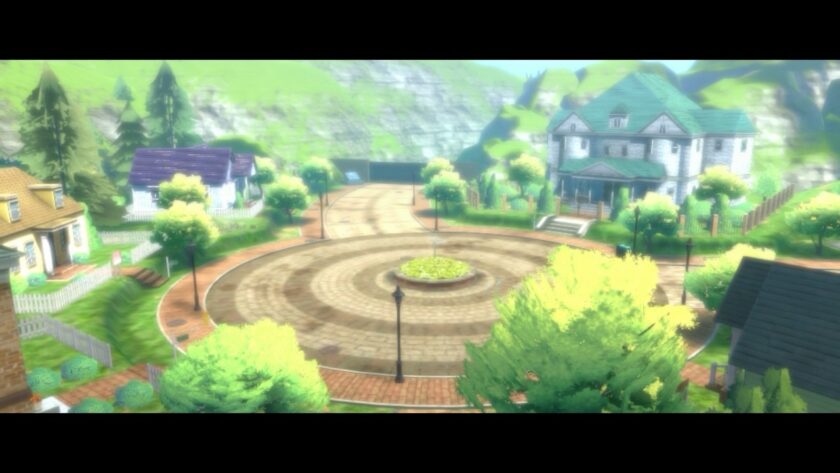Welcome to another YvoCaro Plays! As always, these blurbs are mainly about the video games I’m currently playing, and this time it was Another Code: Recollection that inspired me to write about the developer that made the game.
The name of Japanese video game developer Cing conjures up mental images of some game titles that still have an avid fan base to this day. Do you remember Hotel Dusk on the DS? I think for me it was the first game I played that made me realise that both my passions for reading and playing video games could combine in a very good way.

I was reminded of that when I reviewed Another Code: Recollection a couple of weeks ago. At the time a game with novel gameplay mechanics combined with excellent storytelling. The only reason I didn’t give this remake on Switch our highest score is that I felt the puzzle elements and the movement of the camera felt a bit outdated. Still, even this early in the year, this is a serious contender for my Game of the Year 2024!
The fans of Cing Games will also remember the sad fact that the company, established in 1999, faced bankruptcy in 2010.
The Birth of Cing and the Advent of Another Code
Cing was founded with a vision to create video games that prioritize storytelling, character development, and player immersion. They realized this vision with the release of Another Code: Two Memories for the Nintendo DS in 2005, known as Trace Memory in North America.
This game introduced us to Ashley Mizuki Robbins, a young girl dragged into an adventure to uncover the mysteries of her past and her family. The sequel, Another Code: R – A Journey into Lost Memories, delves deeper into Ashley’s story, providing fans with a richer, more immersive experience on the Nintendo Wii. The Switch game that you can play now is both stories in one with revamped 3D visuals, new voice acting, puzzles and music. Important for me to enjoy the story itself to its fullest was the hint and navigation system that was added.

What set Cing’s games apart was they were a master of using the platforms they were developed for. The first Another Code made good use of the dual screens of the Nintendo DS. The interaction with the Wii engaged players in yet again new ways. To solve the puzzles, you had to use the touchscreen and the motion controls, making the gameplay more interactive.

The Impact and Legacy of Cing
Although the Another Code series wasn’t a massive commercial success, it did create a dedicated fanbase and got good reviews for the emotional depth, intricate plot, and the way it blended gameplay with storytelling. Exactly what I experienced now playing the remake, and never having played the original games. I simply couldn’t stop playing to see what would happen next. And the Another Code series wasn’t the only one that Cing treated us to.

Hotel Dusk: Room 215 is a game that I played on the DS, featuring Kyle Hyde, a detective uncovering the secrets of a mysterious hotel. The game had a unique visual style and interactive puzzle-solving mechanics, proving that Cing was also able to create immersive noir narratives. The sequel, Last Window: The Secret of Cape West on the DS, deepened the narrative intrigue and further explored themes of mystery and redemption. This game wasn’t released everywhere, though; it never made it to America.

Another title I enjoyed a lot was Little King’s Story on the Wii. It demonstrated Cing’s versatility, with this title they treated us to a game based in fantasy and strategy. You had to build your kingdom by giving orders to your citizens. Explore the lands beyond your borders, battle threats to the kingdom, and gather material to expand. Even now, many years after playing it for the last time, I smile, thinking back to the fun I had. Don’t confuse it, by the way, with the title with the same name that was released later on the PS Vita. This was a ‘reimagined version’ of the original, but to me, it didn’t have the same charm.

Celebrating Cing’s Contributions to Video Gaming
Cing’s dedication to creating narrative-rich experiences has left a lasting legacy in the adventure game genre. Through titles like the Another Code series and Hotel Dusk: Room 215, Cing not only pushed the boundaries of storytelling in games but also showcased the potential for video games to offer deep, immersive narratives. We might be used to games having a strong storyline nowadays, but looking back on Cing’s contributions, it’s clear that their innovations in video games have inspired today’s developers!




